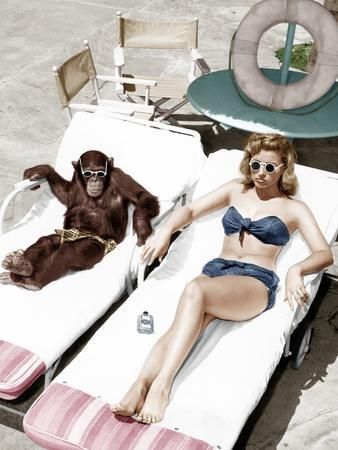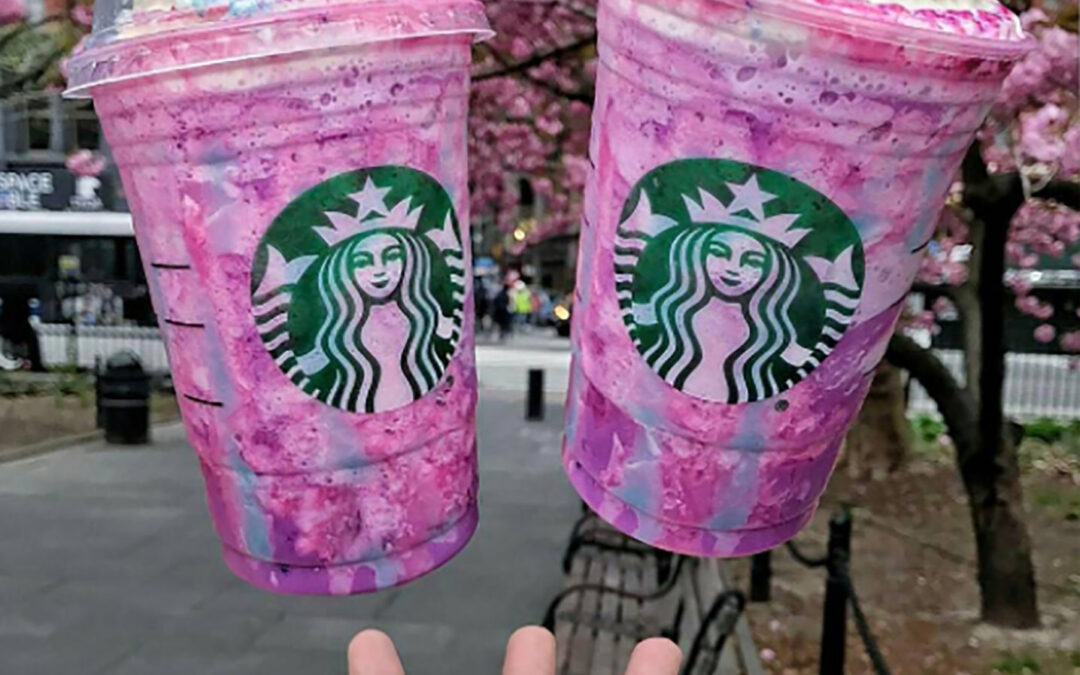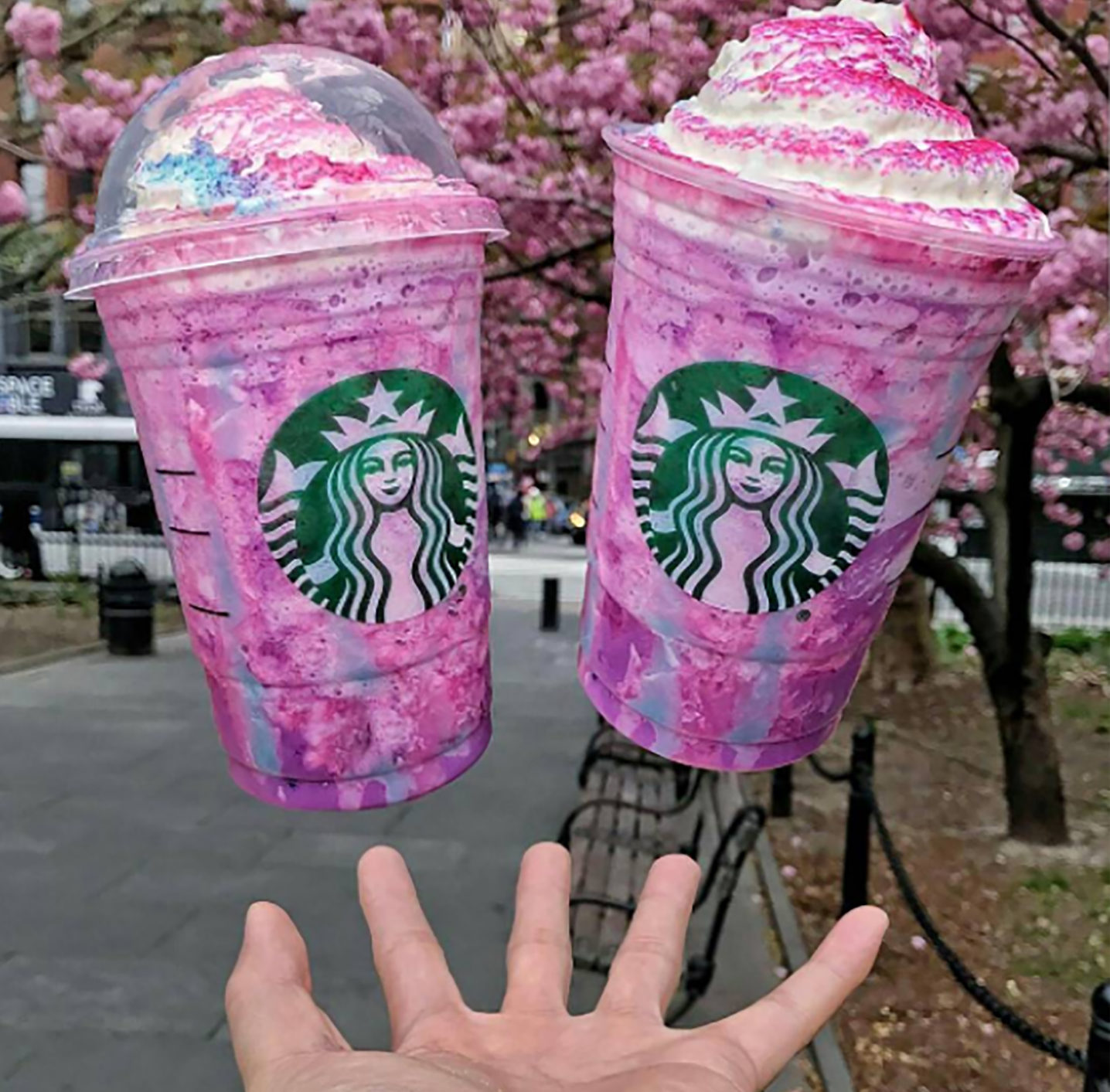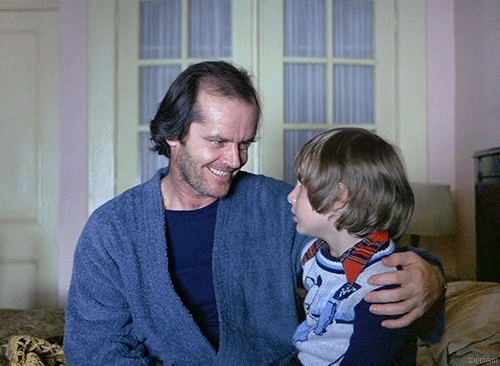
Branding, Communication, Strategy
7 Essential Tips for Building a Memorable Brand Identity
In today’s crowded market, having a memorable brand identity is more than just a nice-to-have—it’s a must. A strong brand identity not only sets you apart from competitors but also creates a lasting impression on your audience. Here are seven essential tips to help you build a brand identity that sticks.
1. Define Your Brand Purpose and Values
Your brand purpose and values are the heart of your identity. Take the time to articulate why your brand exists and what it stands for. This will guide all your branding decisions and ensure that everything you do is aligned with your core principles.
2. Know Your Audience Inside and Out
Understanding your audience is crucial for creating a brand that resonates. Conduct thorough market research to identify who your ideal customers are, what they care about, and how your brand can meet their needs.
3. Create a Distinctive Visual Identity
Your visual identity, including your logo, color palette, typography, and design elements, should be unique and instantly recognizable. Work with a designer who understands your brand vision and can bring it to life in a cohesive way.
4. Develop a Consistent Brand Voice
Your brand voice is how you communicate with your audience, and it should be consistent across all channels. Whether your tone is professional, friendly, authoritative, or playful, make sure it reflects your brand’s personality.
5. Tell a Compelling Brand Story
People connect with stories, not products. Craft a brand story that highlights your journey, mission, and the value you bring to customers. This narrative should evoke emotion and make your brand relatable.
6. Ensure Consistency Across All Touchpoints
From your website and social media to your packaging and customer service, every interaction a customer has with your brand should feel consistent. A cohesive brand experience builds trust and reinforces your identity.
7. Regularly Review and Adapt Your Brand Strategy
Your brand identity isn’t set in stone. As your business evolves, so should your branding. Regularly review your brand strategy to ensure it aligns with your current goals and market trends.
Building a memorable brand identity takes time, effort, and a clear vision. By following these tips, you can create a brand that not only stands out but also builds strong connections with your audience.
Branding
Brand lessons from binge-able documentaries
Winter has returned with a vengeance in our neck of the
woods. Last month, we were enjoying
unseasonably warm days, wearing hoodies, and doing yard work like fools, and not
appreciating what we had. This month,
school has been cancelled so many times that it has become a rare occasion to
actually have school. Weekend and
evening activities have also been cancelled and we’ve been stuck inside our
house like something out of the Shining.
When the Fyre Festival documentaries dropped on Netflix and Hulu, I watched them immediately. I observed the craziness of the initial #fyrefail happen on Twitter in 2017 and I was gleefully ready to soak in some drama to distract me from the cabin fever. I was not disappointed.
I was also not alone. Social media is ripe with people reacting to the documentaries. There are countless articles about which documentary is better. There is also quite a bit written about influencer culture, millennial marketing, and the ramifications of social media marketing.
But what stuck with me were a few different truths that
everyone can take to heart.
Marketing cannot function outside of operations.
Brand and marketing strategy is part of your greater business strategy and everything must work in tandem in order to be successful.
Every touchpoint with your customers or target market is part of your brand. Sales, service, accounting, and even human resources not only need to be fully informed on the brand strategy, but need to work in constant contact and communication with the marketing team to execute these goals.
If you hire an agency, you can’t keep them at arms length from the rest of your organization. For example, the social media team is often asked customer service questions– they need to be able to respond to these immediately or your brand value will suffer.
Event planning is not for amateurs.
As someone who has frequently planned and executed large events, this was something of a horror movie to watch unfold.
They started with an idea and ran with an unrealistic timeline. They set a budget based on guesses. And when the experts told them they were wrong, they said they would do it themselves, which is never a great idea.
And this part is what kills me – no one on their internal staff told them no. Why? It’s best to leave the event planning to the professionals and listen to them when they tell you what they need (either time or money) to execute your vision. Or adjust your vision to what is realistic.
Trust your gut.
Listen, the world is full of shady people, even in business. These documentaries are full of people who knew this was headed towards a dumpster fire, kind of suspected that Billy McFarland wasn’t always telling the truth, and didn’t say anything. And they stayed.
You have to draw your own ethical
lines in life and as soon as your employer, partner, or investor crosses those,
decide what you are going to do about it.
Doing nothing is a choice and that
choice has consequences. McFarland is
not the only one being sued or facing judicial penalties. Trust your gut and do what you know is right,
otherwise you could end up in big, big trouble.
Marketing, Strategy
There has been a host of articles in the news over the last couple of years about the number of things that millennials have killed. Most recently, according to Business Insider, they took deadly aim at Applebees and Buffalo Wild Wings.
Other things millennials have been accused of killing include, but are not limited to:
Let’s Get Real
Okay, listen, millennials didn’t kill any of these products or businesses. They killed themselves. Death by marketing suicide.
You must know your target market. You must research, identify and understand your ideal client, and then market to them. If you don’t, they aren’t going to buy your product, solicit your services, or engage your business. It’s that simple. And if you fail to do that, for goodness sake, don’t blame them.
Millennials aren’t really any different than any other generation that has come before them. You need to put the work into figuring out their wants, needs, and desires. You need to research their buying habits and their impulses.
(And….pssst….trade secret: your target market is constantly changing!) If you assume your target market is the same that it was ten years ago, you are probably missing out on some revenue opportunities.
Marketing isn’t Static
 That’s why marketing is a constant evolving machine. You should create new marketing plans each and every year and regularly evaluate the return on your investment. Data can drive your decisions and that includes researching your target audience often.
That’s why marketing is a constant evolving machine. You should create new marketing plans each and every year and regularly evaluate the return on your investment. Data can drive your decisions and that includes researching your target audience often.
Your target market is spending its hard-earned dollars on something – don’t let your competition figure out how to earn their attention before you do.
Branding, Marketing, Social Media, Strategy

Looking back on what people thought 2017 might look like 100 years ago, most people probably imagined flying cars or teleportation. I think it’s safe to say that didn’t happen. Instead, we reinvented something even more amazing: rompers for men.
Yes. You read that right.
 For those of you who have never heard the word “romper” before, a romper is a one-piece garment that looks similar to a dress but has shorts below the waste instead of a skirt. They are as convenient as they are fashionable, a true American treasure.
For those of you who have never heard the word “romper” before, a romper is a one-piece garment that looks similar to a dress but has shorts below the waste instead of a skirt. They are as convenient as they are fashionable, a true American treasure.
The newest clothing line called RompHim, by ACED Design, was launched last week as a Kickstarter campaign. The four male founders set a goal of raising $10,000. Clearly, they underestimated the demand for chic male onesies, because they surpassed their goal by over $355,000. Not too bad for still having 21 days left in the campaign. Bravo, gentlemen.
Been there, done that.
The Kickstarter pledging process is simple, but unique. Unlike the old school, magazine-ordered bodysuits, RompHim customers can choose their price. Starting at $5 and capping off at $1,250, the company offers anything from online updates, to the opportunity to hand select your own RompHim fabric. Your $1,250 pledge also buys you a night on the town with the ACED Design team, making your evening as unique as the onesie you rode in wearing.


Tweet about it.
Twitter seems to be the social media platform of choice for both praise and disapproval, resulting in several millions of #RompHim tweets. Whether people see it as a fashion statement or a frat-inspired gag gift, it doesn’t matter. Either way, the tweets and memes are considered “the best thing on Twitter”, and I have to agree.

Two thumbs up!
So where does that leave me? Besides paying $1,250 to go on a bro-date with the founders, I think RompHims are fantastic. Anything that can make me laugh out loud and still look that good has my vote. Also, I’m quite pleased that men will finally understand the struggle of having to completely undress to use the restroom.
As for the next 100 years, I can only hope that men will still be coming up with ways to masculinize products that were originally designed for women. That said, I’m all for gender equality, but some things are better off unaltered. They can have their Mandles, Brogurt, and RompHims, but I’d like to keep my high heels and over-priced handbags.

Communication, Marketing, Public Relations, Social Media, Strategy

The age of posting excessive pictures of your fancy drinks and fun foods on social media has arrived. Since the dawn of social media, people have captured photos and posted them online for the world to see. But now, everywhere you turn someone is seeking the perfect lighting for a picture of the newest vegan soup, or for the case of this discussion, the newest Starbucks drink.
But I love Starbucks…
There is no denying that Starbucks is dominating the Café industry, but have they gone too far? The new Unicorn Frappuccino went from an internet sensation to a controversial lawsuit in a matter of weeks. The globally desired drink hit the shelves on April 19 and was said to be a limited time offer. Limited time offer…brilliant. Not only did they develop a drink that was social media gold, they scheduled it so that everyone would have to try it before it was too late. Even the customers who were unable to get their hands on one turned to social media. Only this time to vent their frustration. I guess it’s true what they say, there’s no such thing as bad publicity!
 PR specialists explain that the Unicorn Frappuccino was inspired by unicorn-themed food and drinks trending on social media, unicorn emojis, and the unicorn filter on Snapchat. Brooklyn café, The End, had a different opinion, saying that Starbucks ripped-off their already established drink called the Unicorn Latte. The End began selling the Unicorn Latte in December of 2016, and has had a pending trademark for the drink name since January of 2017. That said, The End isn’t the only small business with a unicorn-inspired drink on their menu. This mythical creature is truly taking the social media world by storm #magic.
PR specialists explain that the Unicorn Frappuccino was inspired by unicorn-themed food and drinks trending on social media, unicorn emojis, and the unicorn filter on Snapchat. Brooklyn café, The End, had a different opinion, saying that Starbucks ripped-off their already established drink called the Unicorn Latte. The End began selling the Unicorn Latte in December of 2016, and has had a pending trademark for the drink name since January of 2017. That said, The End isn’t the only small business with a unicorn-inspired drink on their menu. This mythical creature is truly taking the social media world by storm #magic.
The interesting thing about these trends is that companies often leave the marketing up to the consumers. Why dump millions of dollars on social media campaigns when your customers will go online and do it for you? Aside from the initial announcement of the new product, companies get to sit back and watch as we upload endless posts, making their product a desirable fixation.
Take away the sparkles and what are you left with?
As a millennial, I too have developed a love for social media. I’ll even share the occasional photo of decadent cocktails or colorful cuisine that I come across. The one thing I don’t understand is the obsession over these trends, especially when people don’t actually enjoy the product. Most folks who purchased the Unicorn Frappuccino said they didn’t like the taste, claiming it tasted like sour milk.
There’s nothing magical about sour milk. I don’t care how sparkly or mystical it looks, if it tastes like dairy-gone-bad we should be tagging it the #DirtyDonkeyFrappe.







 That’s why marketing is a constant evolving machine. You should create new marketing plans each and every year and regularly evaluate the return on your investment. Data can drive your decisions and that includes researching your target audience often.
That’s why marketing is a constant evolving machine. You should create new marketing plans each and every year and regularly evaluate the return on your investment. Data can drive your decisions and that includes researching your target audience often.
 For those of you who have never heard the word “romper” before, a romper is a one-piece garment that looks similar to a dress but has shorts below the waste instead of a skirt. They are as convenient as they are fashionable, a true American treasure.
For those of you who have never heard the word “romper” before, a romper is a one-piece garment that looks similar to a dress but has shorts below the waste instead of a skirt. They are as convenient as they are fashionable, a true American treasure.




 PR specialists explain that the Unicorn Frappuccino was inspired by unicorn-themed food and drinks trending on social media, unicorn emojis, and the unicorn filter on Snapchat. Brooklyn café,
PR specialists explain that the Unicorn Frappuccino was inspired by unicorn-themed food and drinks trending on social media, unicorn emojis, and the unicorn filter on Snapchat. Brooklyn café,